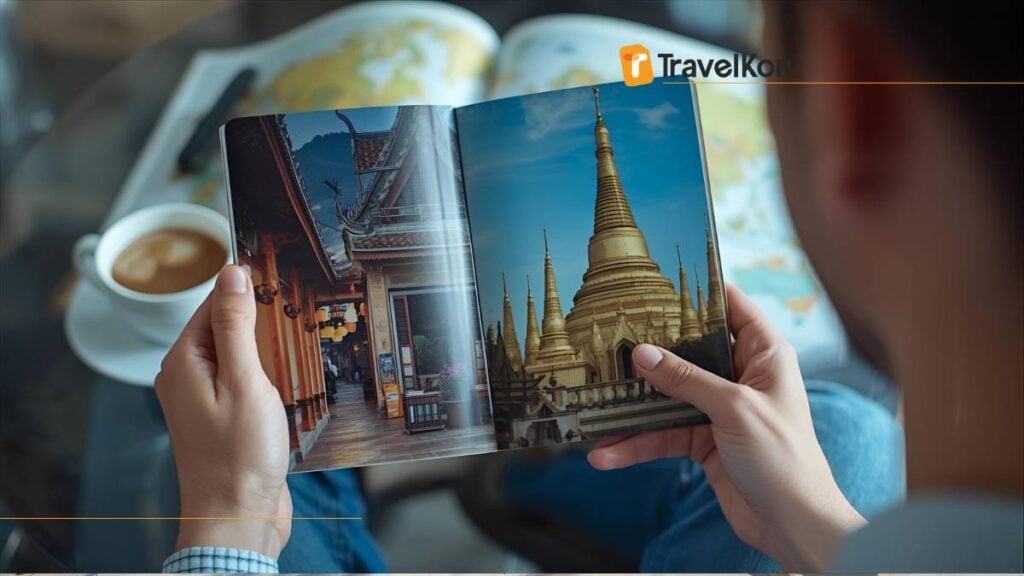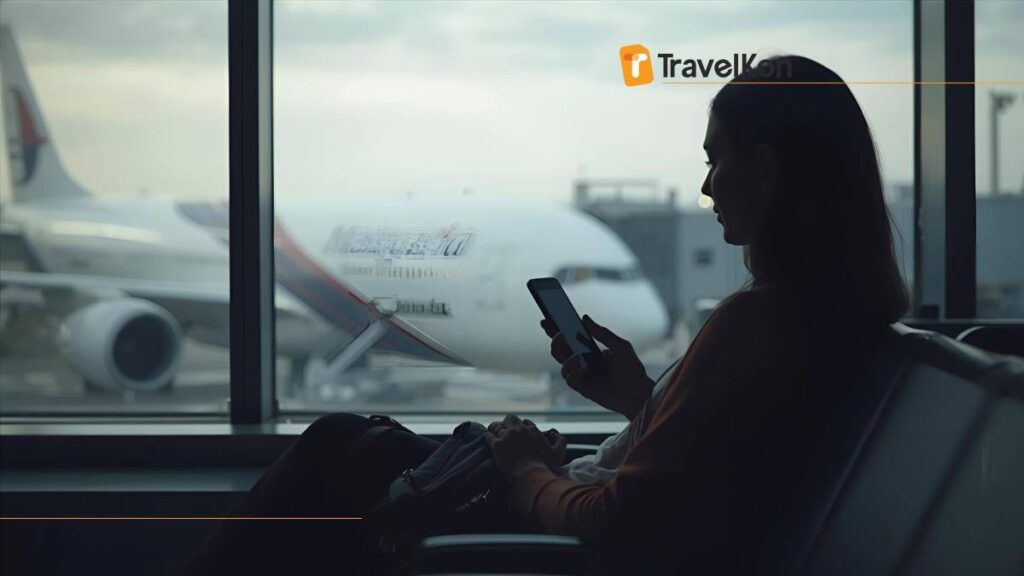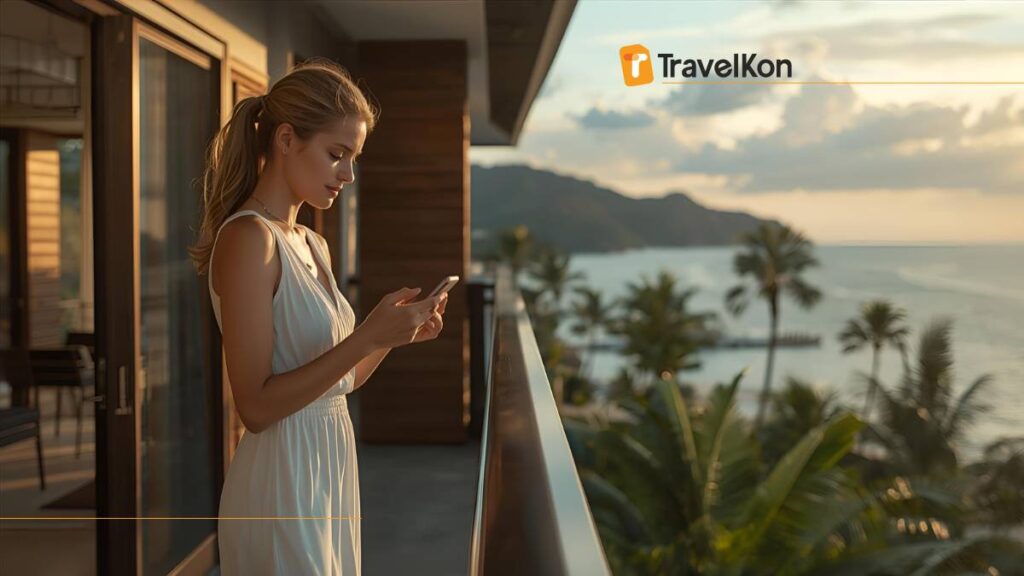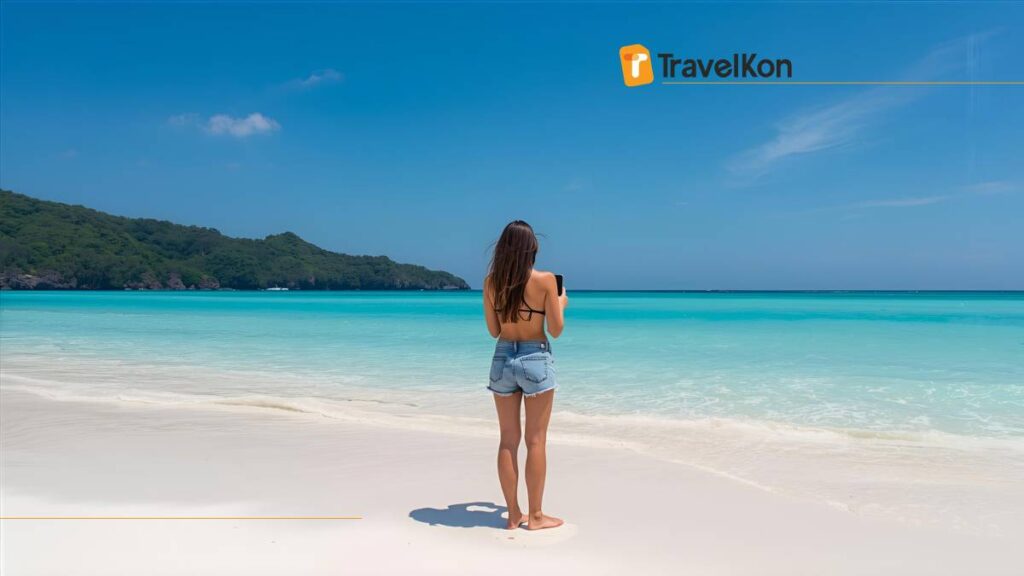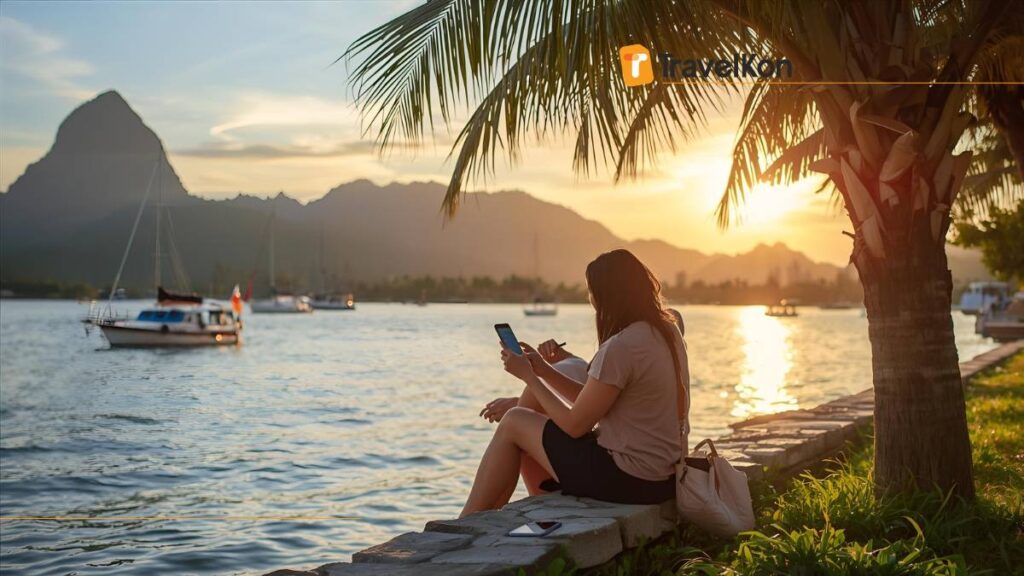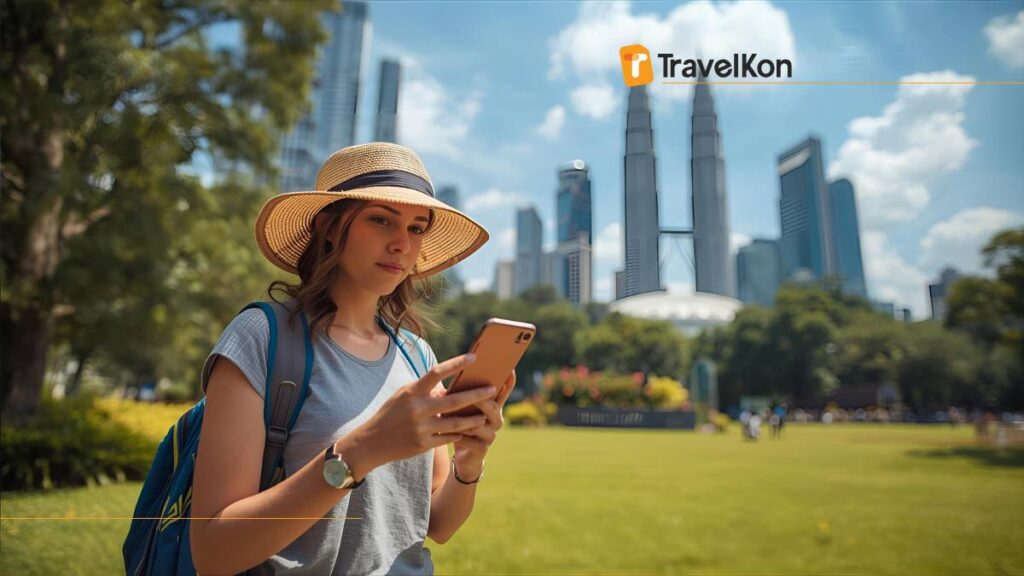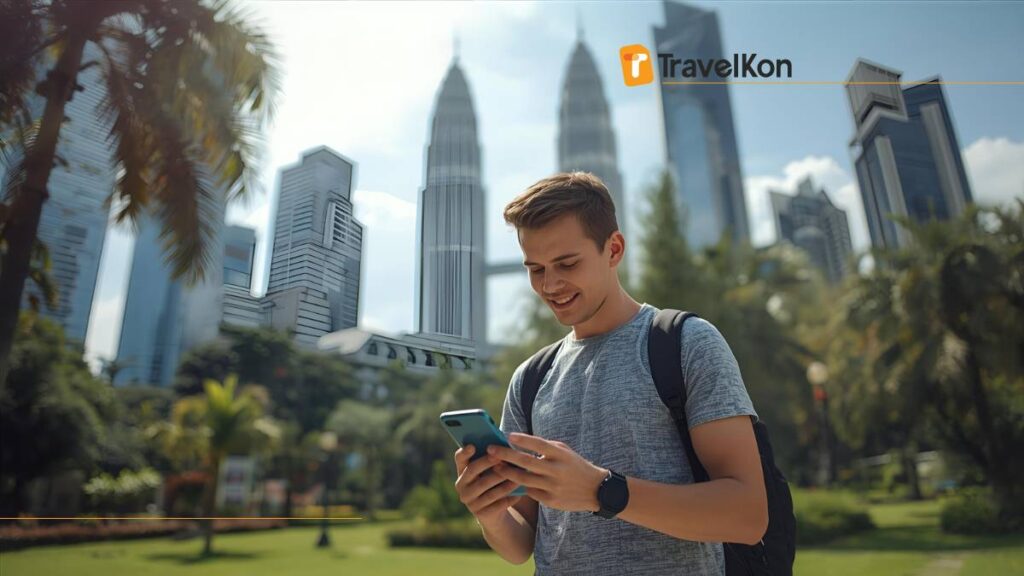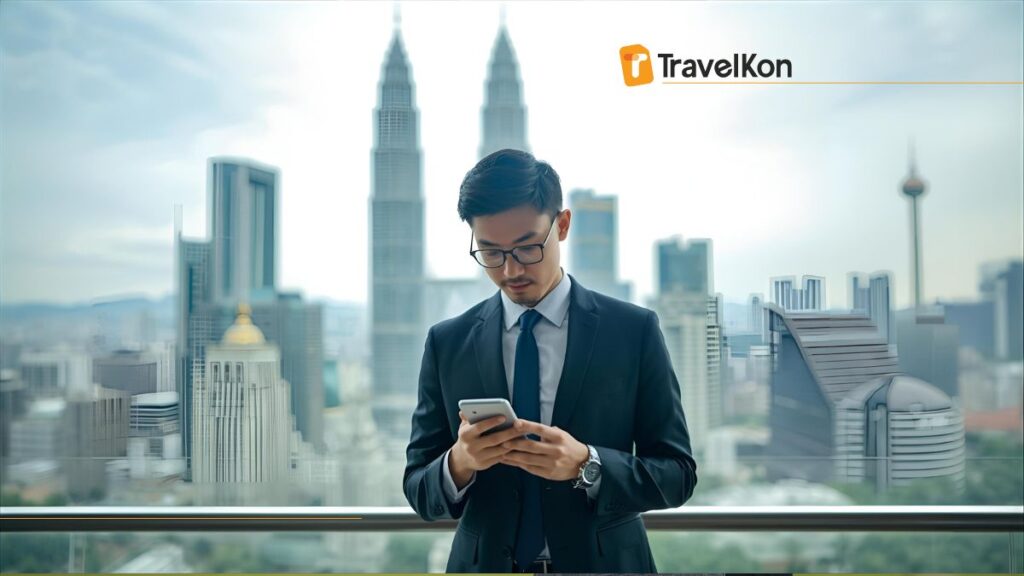Vietnam or Thailand for Vacation? Get TravelKon eSIM
Choosing between Vietnam or Thailand for vacation can be challenging, as both offer captivating landscapes, rich cultures, and warm tropical weather. While Thailand is famous for its luxury beach resorts and vibrant nightlife, Vietnam shines with its scenic limestone cliffs, historical charm, and affordable adventures. Whether travelling as a family, couple, or solo explorer, both destinations promise unforgettable memories — especially when staying connected effortlessly using a TravelKon eSIM, ensuring smooth access to maps, bookings, and local experiences from the moment of arrival. A 2024 report from the Pacific Asia Travel Association (PATA) revealed that Vietnam’s tourism growth surpassed pre-pandemic levels by 17%, largely due to improved digital travel tools and eSIM connectivity, making it easier for travellers to stay connected anywhere in the country. How to Buy Vietnam eSIM and Thailand eSIM Before Landing? Travelling with seamless connectivity is essential, especially when navigating a new country. The best way to stay connected is to purchase an eSIM for Vietnam or Thailand before arriving. With a digital eSIM, there’s no need to swap physical SIM cards—simply scan the QR code and activate data instantly. Buying before departure ensures instant activation on landing, eliminating roaming charges and long airport queues. It’s ideal for travellers who rely on maps, translation apps, and ride-hailing services from the moment they arrive. Which is Better for a Holiday with Kids: Vietnam or Thailand? When travelling with children, comfort, safety, and engaging experiences matter most. Both Vietnam and Thailand cater beautifully to family holidays but in different ways. Vietnam offers educational and cultural experiences, from the ancient town of Hoi An to the scenic cruises of Ha Long Bay. Kids can enjoy lantern-making workshops, cooking classes, or gentle cycling tours through rice fields. Thailand, on the other hand, is known for its family-friendly resorts and well-developed infrastructure. Places like Phuket, Hua Hin, and Chiang Mai provide interactive attractions such as elephant sanctuaries, water parks, and island-hopping tours. Top family-friendly highlights: Both destinations are safe and welcoming for children, but Thailand slightly edges out with its abundance of family-oriented resorts and easy domestic flights. Which Country is Cheaper: Vietnam or Thailand? Budget-conscious travellers often ask whether Vietnam or Thailand is cheaper. While both are affordable, Vietnam typically offers a lower overall travel cost. Accommodation, food, and transportation are noticeably cheaper in Vietnam compared to Thailand. A mid-range hotel in Hanoi or Da Nang may cost 20–30% less than a similar stay in Bangkok or Phuket. Street food in Vietnam is both inexpensive and delicious, with meals like pho or banh mi starting from just a few dollars. Average daily travel budget (approximate): However, Thailand provides a broader range of luxury experiences, from private villas to fine dining. For travellers seeking affordability without compromising quality, Vietnam is generally the better value destination. Where to Go for a Honeymoon: Vietnam or Thailand? For couples planning a romantic getaway, both destinations boast stunning scenery and intimate resorts, but their experiences differ in atmosphere and pace. Vietnam’s charm lies in its serene landscapes and cultural depth. Places like Ninh Binh, Da Lat, and Phu Quoc offer secluded luxury resorts surrounded by natural beauty. The calm ambience, lantern-lit streets, and slow-travel appeal make Vietnam perfect for couples seeking relaxation and authenticity. Thailand, meanwhile, is the classic honeymoon choice for its vibrant nightlife, spa retreats, and luxurious beach villas. Destinations like Koh Lipe, Krabi, and Koh Samui provide overwater bungalows, sunset dinners, and world-class wellness resorts. Recommended romantic experiences: Those wanting a quieter, culture-infused honeymoon will adore Vietnam, while couples craving tropical luxury and nightlife will find Thailand ideal. Which Country Has the Best Beaches: Vietnam or Thailand? Thailand has long been celebrated for its breathtaking beaches, but Vietnam’s coastline has been steadily gaining attention among international travellers. Thailand’s beaches—particularly in Krabi, Koh Phi Phi, and Koh Lipe—are postcard-perfect, offering soft white sands, turquoise waters, and vibrant marine life. They’re ideal for swimming, diving, or simply lounging under palm trees. Vietnam, stretching over 3,000 kilometres of coastline, surprises visitors with its diversity—from the golden sands of Da Nang to the quiet coves of Con Dao. Many Vietnamese beaches remain less commercialised, offering more privacy and unspoiled views. Top beaches to visit: Thailand wins in variety and accessibility, but Vietnam appeals to those seeking tranquillity and natural charm without crowds. Final Thoughts: Vietnam or Thailand for Your Next Holiday? Both Vietnam and Thailand deliver world-class travel experiences, but the best choice depends on travel goals. For families and budget travellers, Vietnam’s affordability and cultural richness stand out. For honeymooners or beach lovers, Thailand’s polished tourism infrastructure and luxury appeal remain unmatched.Regardless of the choice, staying connected with a reliable TravelKon eSIM—whether it’s the Mobifone Vietnam eSIM or a Thailand eSIM plan—ensures a smooth and worry-free journey throughout Southeast Asia.
Vietnam or Thailand for Vacation? Get TravelKon eSIM Read More »

